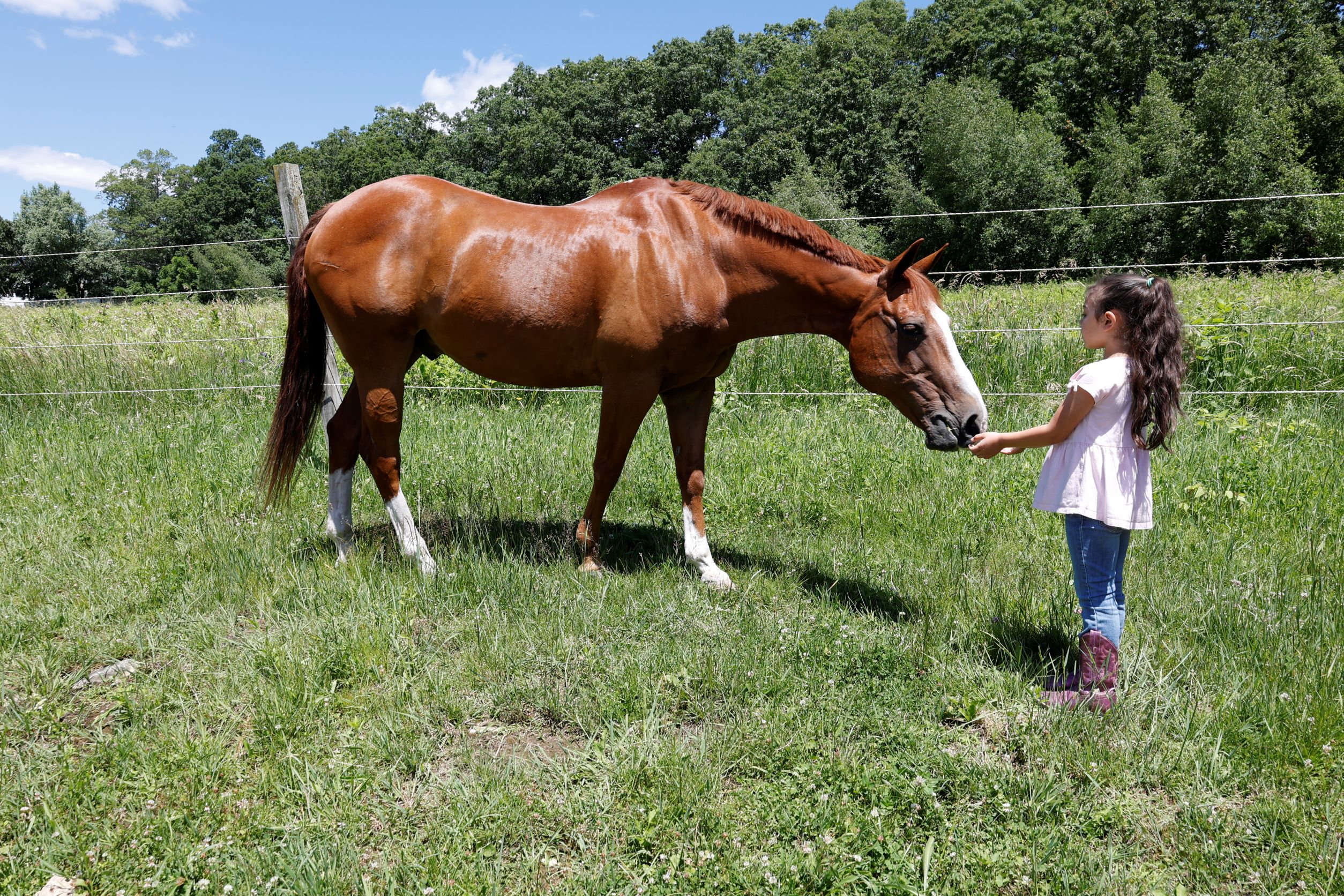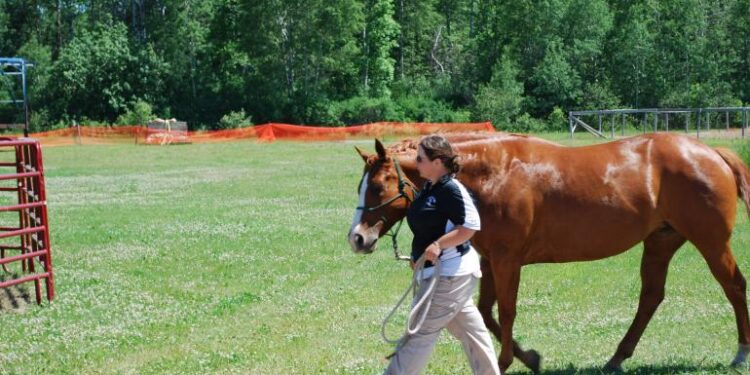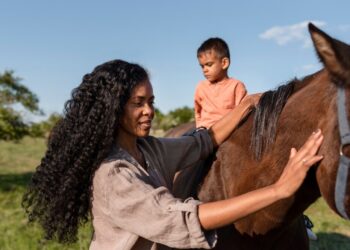If you’ve chosen to ride as a hobby or to compete at the highest level, then you’re going to need to know how to care for and train your horse. As well as knowing how to do it cost-effectively. That is why we have created this article – so that you can learn everything you need to know about caring for and training your horse. Keep reading if you want to learn more about horse care, training, and owning a horse

What is horse care and horse training?
Horse care is the process of providing for and maintaining your horse in the best possible condition. Horse training, on the other hand, is the practice of learning and improving your ability to communicate and control your horse. Your horse, just like every other animal, has certain needs to be happy and healthy.
Those needs, however, are different from person to person and from horse to horse. Knowing what those needs are, and providing for them, will allow you to have a better relationship with your horse and allow you to see increased results from your efforts.
Selecting a Horse for Care & Training
You will need to choose a horse that is right for you. There are many questions that you will need to ask yourself to help find the right horse for you:
- What type of riding do you want to do? What level?
- What is your experience with riding?
- How much time do you have available to train and care for your horse?
- Is the horse right for you?
- Are you riding for exercise or to compete?
Once you have selected the right horse for you, you will need to select a new tack and tack room. If you have a barn and field, you can keep your horse there. If you don’t have a barn and field, you will need to find a location to keep your horse.
Feeding Your Horse
Your horse will need to eat something every day. There is no real “one size fits all” for how much your horse should eat each day, as it depends on his age, his weight, how active he is, and how much he has access to for forage. If you are keeping your horse in a field, the best thing is to let him forage for grass.
If you are keeping your horse in a paddock, you can feed him hay. The best thing is to choose a schedule that your horse can follow. If you are keeping your horse in a field, you can be sure that he will get some forage at least once a day. If you are keeping your horse in a paddock, you can give him a small supplement once a day.
Grooming Your Horse
Grooming a horse should not be a chore, but it is a necessary part of horse care and grooming is an essential part of horse training. Grooming is a way for a horse to get rid of the dirt, sweat, and other debris from daily activities. While it might not seem like it, grooming is an important part of a horse’s health and well-being.
Grooming should be done regularly and regularly can be defined as daily. However, it is not necessary to do it every day, but it should be done at least once a week. A regular grooming schedule not only helps you maintain a healthy horse, but it will also help you to see better results from your training sessions.

Health Care for Horses
As a horse owner, you will want to make sure that your horse is getting the necessary vaccinations and health care. This will ensure that your horse is protected against diseases and injuries that could lead to costly bills or a premature end to his racing career. To ensure your horse’s well being, you need to make sure that he is vaccinated.
This will protect against many deadly diseases and prevent injuries like splints and laminitis. The best way to do this is to have your vet perform a health check and discuss your concerns with them. If you are keeping your horse in a pasture, you should make sure that he has access to water. If you are keeping your horse in a paddock, you should make sure that he has access to a trough.
Show Jumping Training Course
Horse training, especially for show jumping, requires a lot of practice. This means that you will need to find a place to practice your training and make sure that it stays dry. A good training area can be a small indoor area with a rubber or synthetic surface, or an outdoor area with a synthetic surface.
You want to find an area that is free from any hazards, like loose dirt and rocks. While you can practice your jumping exercises on any surface, it is best to practice on a surface that is similar to the one that you will use at competitions. Doing this will help you to get used to the feel of the surface and help you to identify any faults.
Pro Tip: Hiring a Professional Trainer Is Not Always the Best Option
If you choose to hire a professional trainer, there are a few things that you need to keep in mind. First, make sure that the trainer you hire has experience in jumping horses and that he/she has competed successfully in shows.
Second, find out how many horses the trainer has worked with and on which horses they competed. You should also ask the trainer about his/her training style, their approach to conditioning horses, their approach to management and their approach to rider training.
Conclusion
So, there you have it, the basics of horse care and training. A little knowledge can go a long way in keeping your horse happy, healthy and safe. If you haven’t started yet, now is the time to get started. There are many ways that you can have a good time and make money while fulfilling your passion.
Horses are one of the most popular ways to explore this hobby as a business. There are many ways to go about finding and owning a horse, but the most important thing is to find the right match between you and your horse.




















